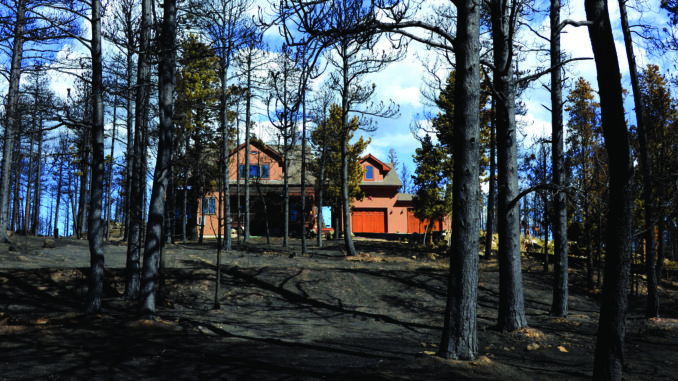
State and federal agencies that manage wildfires and forests are urging residents to join in efforts to reduce wildfire risk.
Colorado experienced one of its most active wildfire seasons in history in 2020, including its three largest fires on record. With below-average snowpack and ongoing drought across much of the state increasing the possibility of another challenging wildfire season in 2021.
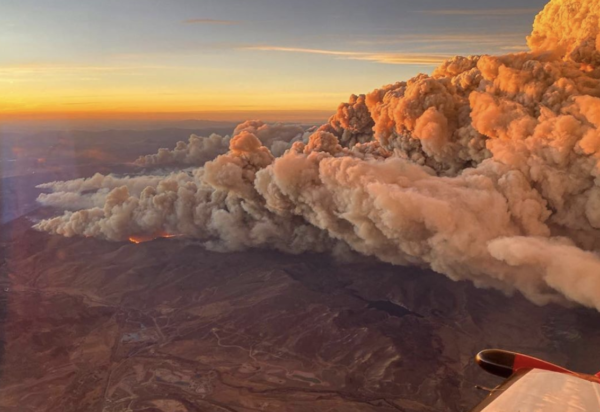
Governor Jared Polis has signed a proclamation declaring this May as Wildfire Awareness Month, an annual observance to encourage residents to better prepare their homes and communities for wildfires. With about half of all Coloradans – about 3 million people – living in the wildland-urban interface (WUI), it’s essential for people to take action to reduce the risk wildfire poses to their homes and create more fire-adapted communities.
The Colorado Division of Fire Prevention and Control anticipates above-average temperatures and below-average precipitation through June, which will result in the continuation of drought conditions across the state, and the emergence of above-average significant wildfire potential over the southeast portions of Colorado this spring. The long-range warm and dry projections suggest an earlier than usual start to the core wildfire season during the second half of May across all of southern Colorado.
“Wildfire is a concern for all communities and our entire state, and all of us need to be a part of the solution,” said DFPC Director Mike Morgan. “We are calling on those that live, work, and play in Colorado to help reduce the impact of wildfires by being vigilant, respecting fire restrictions when they are in place, and doing your part to protect your property from wildfire.”
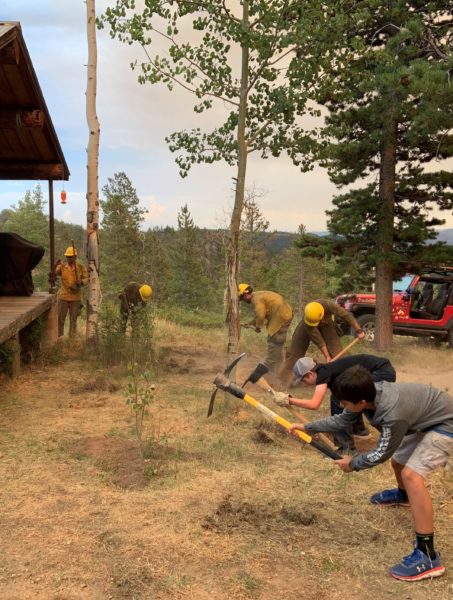
Practical Steps to Lower Wildfire Risk
With Wildfire Preparedness Day on Saturday, May 1, many communities across Colorado will be taking steps to reduce their risk of fire. Colorado is home to 188 official Firewise USA® sites, where neighbors work together to reduce their risk.
Whether they live in a recognized Firewise USA® site or not, homeowners living in the WUI can do several practical activities to protect their home and property from wildfire while practicing social distancing. The Colorado State Forest Service recommends the following wildfire preparation activities:
- Rake and remove pine needles and dry leaves 5 feet from the home and under decks, porches, sheds, and play structures.
- Remove leaves and needles from roofs and gutters.
- Sweep porches and decks clear of any burnable plant material.
- Move firewood piles at least 30 feet from the house, preferably uphill.
- Transfer items under decks or porches to a storage area.
- Cover any exposed eave or attic vents with 1/8-inch metal mesh screening.
- Ensure home address signs are clearly visible from the street.
- Contact your local Office of Emergency Management to register for emergency notifications and encourage your friends, family, and neighbors to do the same.
- Confirm at least one alternate path out of your neighborhood other than the one most commonly used, and be prepared for potential evacuation requiring the alternative route.
“Accomplishing these simple tasks will increase the chances your home will survive a wildfire,” said Mike Lester, state forester and director of the CSFS. “These are activities you can do on your own while staying safe from the virus. Not only will you be preparing yourself, your home, and your family for a potential fire, you’ll be giving a leg up to firefighters who may be called to protect your home. Remember, lowering your home’s wildfire risk begins with you. You have the ultimate responsibility to prepare your home and property for wildfire.”
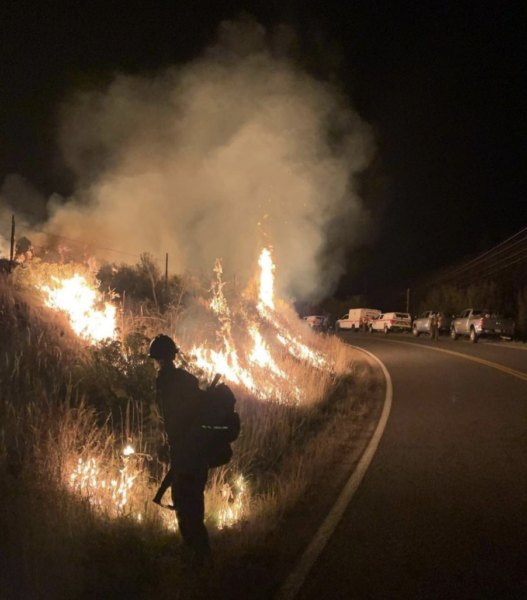
Prevention When Outdoors
Looking back at the wildfires of 2020 in Colorado, there were many lasting impacts on emergency responders and the public. Many of these wildfires occurred in proximity to roadways, communities, and recreational areas, posing a considerable threat to public safety and affecting our water, air, state, and local economies, and more.
In Colorado, we have seen a 20 percent increase in human-caused wildfires over the past five years. Last year, 9 out of 10 wildfires were preventable. Residents and visitors to Colorado are encouraged to make 2021 a year that we all take action to reduce the number of human-caused wildfires and reduce the impacts to communities.
“We are committed to sharing stewardship with our communities and partner agencies to improve the resilience of forest and grassland areas and to develop fire-adapted communities,” said Frank R. Beum, regional forester for the USDA Forest Service Rocky Mountain Region. “We rely on our communities and forest and grassland visitors to be the first defense against preventing unwanted, catastrophic wildfires.”
During the COVID-19 pandemic, spending time outdoors has become more popular than ever. The Recreate Responsibly Coalition offers guidelines and tips for getting outside and staying healthy while practicing responsible outdoor recreation and wildfire prevention activities. Learn more at www.recreateresponsibly.org.
Wildland fire management in Colorado is an interagency partnership among local, state, and federal agencies. The Colorado Division of Fire Prevention and Control and USDA Forest Service Rocky Mountain Region work with other local, state, and federal agencies to coordinate wildland fire management on a statewide basis. The Colorado State Forest Service works with the National Fire Protection Association to implement the Firewise USA® program in the state and provides technical assistance to homeowners and communities to help them take action and ownership in preparing their homes against the threat of wildfire.
By working together in these efforts, the ultimate goals of these agencies are resilient, fire-adapted landscapes and communities that best provide for firefighters and public safety and protection of our natural resources.
For more information about reducing wildfire risk, search for the hashtag #COWildfireAware during May on Twitter and Facebook, or visit bit.ly/COWildfireMitigation.
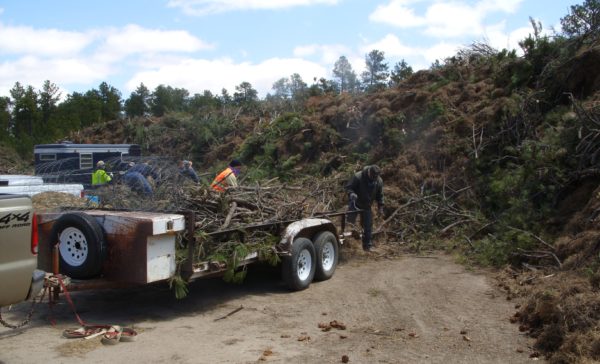
Support Northern Colorado Journalism
Show your support for North Forty News by helping us produce more content. It's a kind and simple gesture that will help us continue to bring more content to you.
BONUS - Donors get a link in their receipt to sign up for our once-per-week instant text messaging alert. Get your e-copy of North Forty News the moment it is released!
Click to Donate
